Luxury brands are known for their high-end quality, exquisite designs, and unique aesthetics. As a fashion enthusiast, you might have come across the term “luxury brand tiers” and wondered what it means. In simple terms, luxury brand tiers refer to the different levels of luxury brands available in the market.
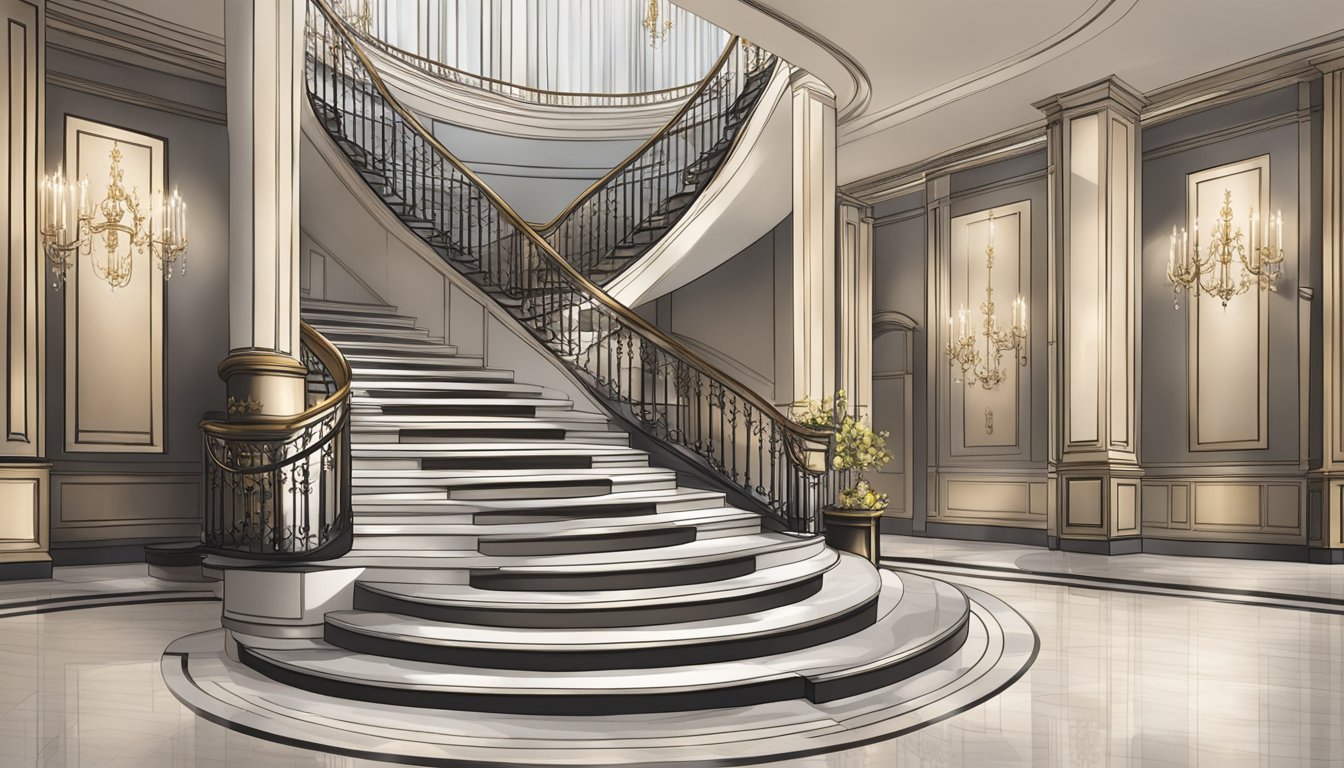
At the base of the pyramid, we find the entry-level luxury brands. These brands offer high-quality products with recognizable branding and moderate pricing. They appeal to a broader consumer base and often act as a stepping stone into the world of luxury. Examples of these brands include Michael Kors, Coach, and Kate Spade. As you move up the pyramid, you encounter mid-tier luxury fashion brands, top-tier luxury brands, and ultra-luxury brands.
Understanding luxury brand tiers is crucial for anyone who wants to navigate the world of luxury fashion. It helps you make informed decisions when purchasing luxury items and also gives you an idea of what to expect from different brands. In this article, we will explore the different luxury brand tiers and what sets them apart from each other.
Key Takeaways
- Luxury brand tiers refer to the different levels of luxury brands available in the market.
- Entry-level luxury brands offer high-quality products with recognizable branding and moderate pricing.
- Understanding luxury brand tiers is crucial for anyone who wants to navigate the world of luxury fashion.
Defining Luxury Brand Tiers
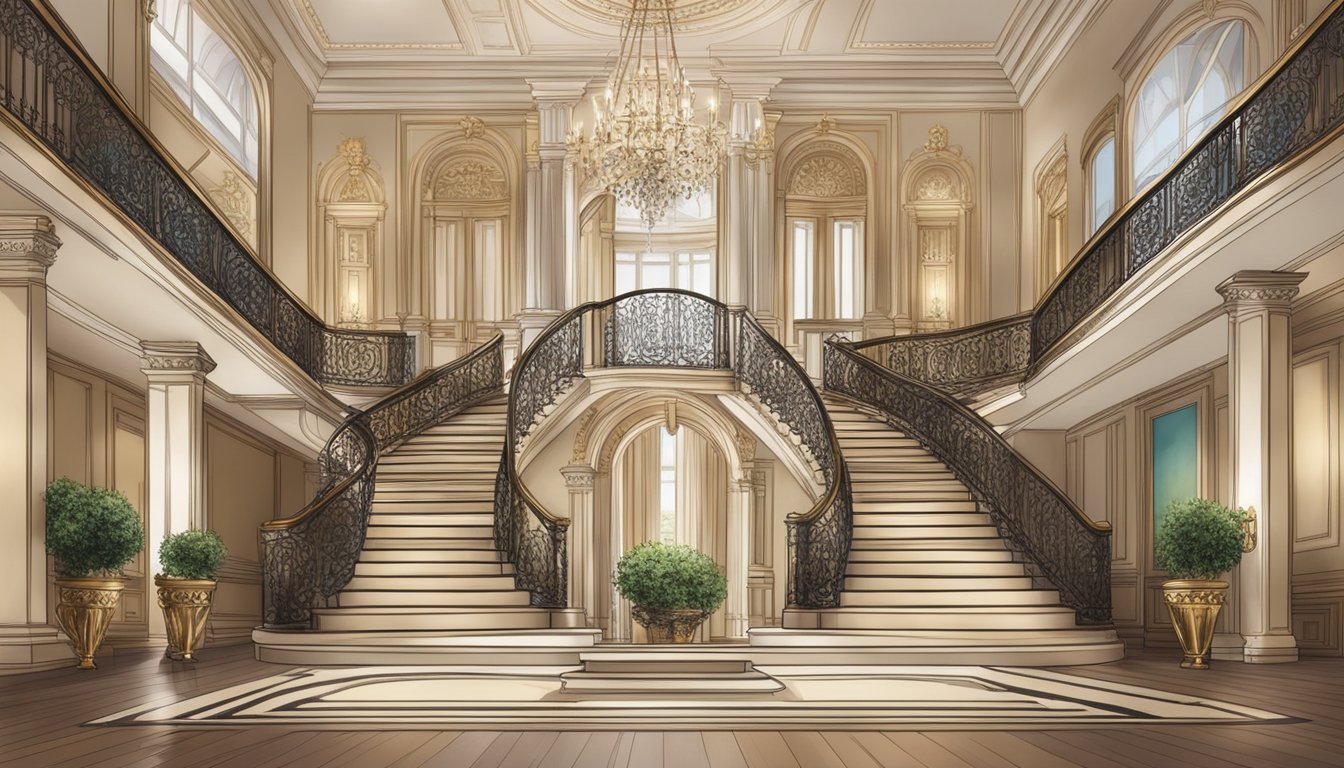
When it comes to luxury brands, there is a hierarchy that categorizes them into different tiers based on their attributes. Understanding the luxury brand pyramid can help you make informed decisions when it comes to luxury fashion. In this section, we will explore the luxury pyramid and the criteria for categorisation.
The Luxury Pyramid
The luxury pyramid is a tool used to categorise luxury brands into different tiers based on their attributes. The pyramid consists of four levels, with each level representing a different level of luxury. The levels are as follows:
- Ultra High-End: Brands that are at the top of the pyramid are ultra high-end. These brands are the most exclusive and expensive, and they are often associated with the elite. Examples of ultra high-end brands include Louis Vuitton, Hermès, and Chanel.
- High-End: Brands that fall into the high-end category are still luxurious but are more accessible than ultra high-end brands. These brands are often associated with premium quality and exclusivity. Examples of high-end brands include Gucci, Prada, and Burberry.
- Premium: Brands that fall into the premium category are still luxurious but are more accessible than high-end brands. These brands are often associated with quality and exclusivity. Examples of premium brands include Michael Kors, Coach, and Kate Spade.
- Entry-Level: Brands that fall into the entry-level category are the most accessible and affordable. These brands are often associated with quality and affordability. Examples of entry-level brands include Guess, Tommy Hilfiger, and Calvin Klein.
Criteria for Categorisation
The luxury pyramid is based on several criteria for categorisation. These criteria include:
- Price: The price of a brand’s products is a significant factor in determining its position on the luxury pyramid. Ultra high-end brands are the most expensive, while entry-level brands are the most affordable.
- Exclusivity: The exclusivity of a brand’s products is another factor in determining its position on the luxury pyramid. Ultra high-end brands are the most exclusive, while entry-level brands are the least exclusive.
- Quality: The quality of a brand’s products is also a significant factor in determining its position on the luxury pyramid. Ultra high-end brands are known for their exceptional craftsmanship and quality, while entry-level brands are known for their affordability.
- Status: The status associated with a brand is another factor in determining its position on the luxury pyramid. Ultra high-end brands are often associated with the elite and are considered status symbols, while entry-level brands are more accessible and less associated with status.
In conclusion, understanding the luxury brand pyramid is essential when it comes to making informed decisions about luxury fashion. The pyramid categorises luxury brands into different tiers based on their attributes, and the criteria for categorisation include price, exclusivity, quality, and status.
Top-Tier Luxury Brands
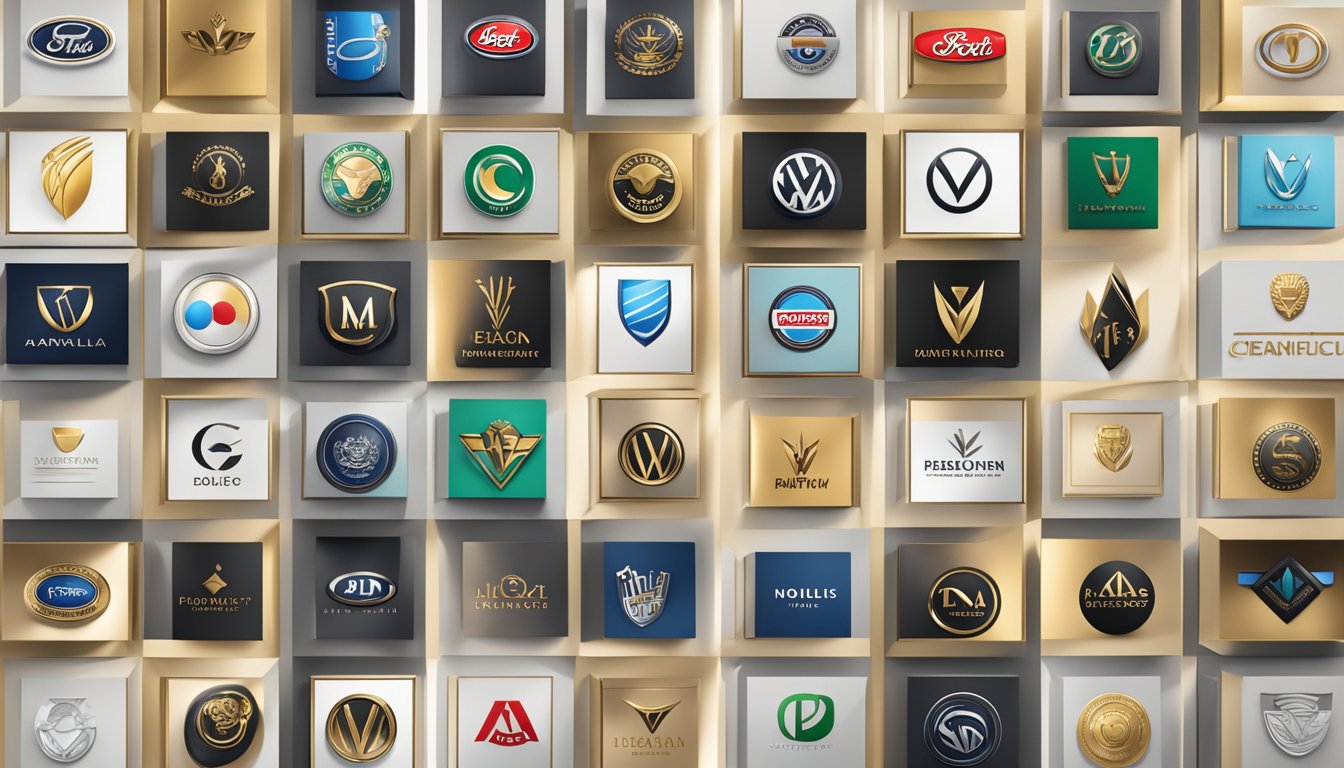
If you’re looking for the crème de la crème of luxury brands, then you’re in the right place. Top-tier luxury brands are synonymous with opulence, rarity, and exquisite craftsmanship. They boast rich heritage and cater to a select few.
Defining High-End Luxury
High-end luxury brands are defined by their commitment to quality, craftsmanship, and exclusivity. These brands use the finest materials and employ the most skilled artisans to create their products. This attention to detail results in products that are not only beautiful but also durable and long-lasting.
Iconic Top-Tier Brands
Louis Vuitton, Chanel, Gucci, Hermès, and Prada are some of the most iconic top-tier luxury brands in the world. These brands have been around for decades and have established themselves as leaders in the luxury industry.
Louis Vuitton is known for its iconic monogram pattern and its commitment to quality and craftsmanship. Chanel is famous for its timeless designs and its iconic Chanel No. 5 perfume. Gucci is known for its bold and innovative designs, while Hermès is famous for its iconic Birkin bag. Prada is known for its minimalist designs and its focus on quality materials.
The products created by these brands are not just accessories; they are status symbols. Owning a Louis Vuitton bag or a Chanel jacket is a sign that you have made it in life. These brands are not just selling products; they are selling a lifestyle.
In conclusion, top-tier luxury brands are defined by their commitment to quality, craftsmanship, and exclusivity. Louis Vuitton, Chanel, Gucci, Hermès, and Prada are some of the most iconic top-tier luxury brands in the world. These brands are not just selling products; they are selling a lifestyle. If you’re looking to invest in a luxury brand, then these brands should be at the top of your list.
Mid-Tier Luxury Fashion
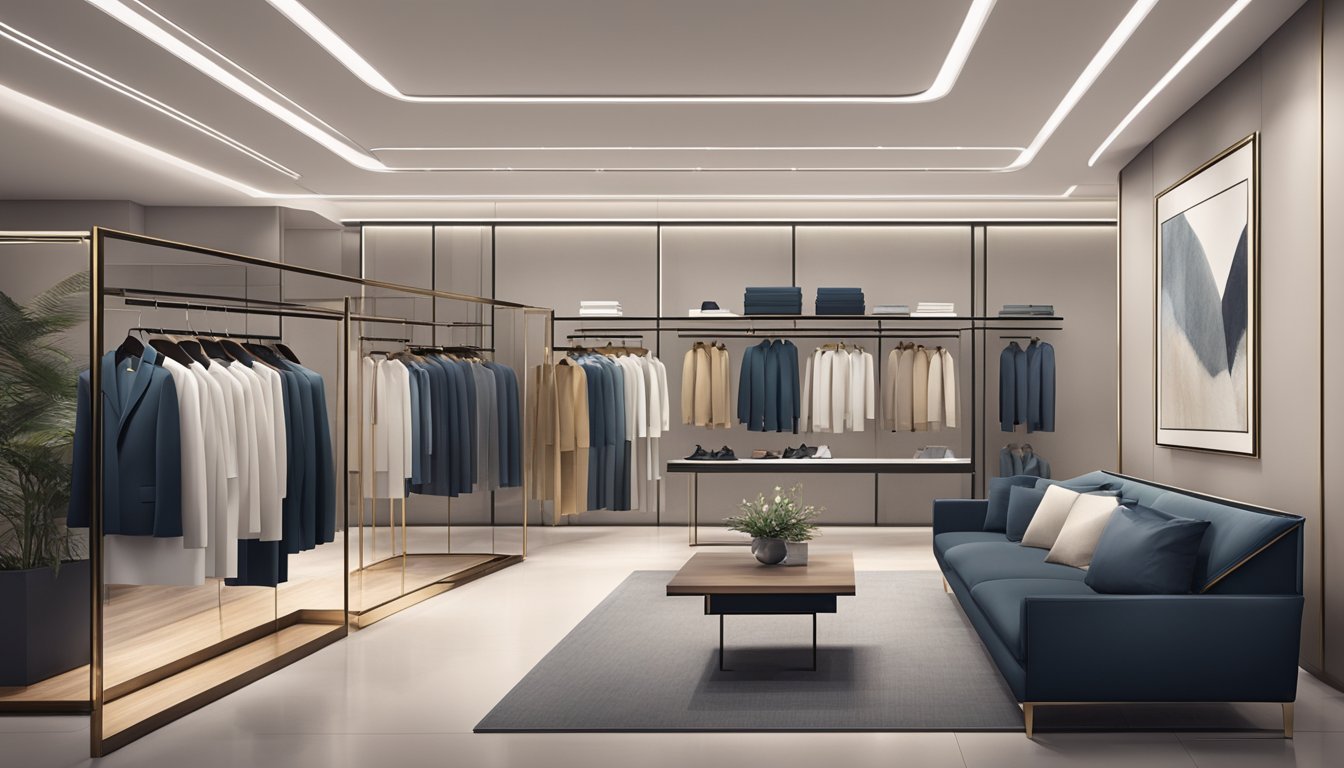
If you’re looking for a luxury fashion brand that balances exclusivity and accessibility, mid-tier luxury brands are the perfect choice. These brands offer a higher price point than traditional high-street fashion brands, but are still relatively accessible to a broad range of consumers.
Balancing Exclusivity and Accessibility
Mid-tier luxury fashion brands are known for their ability to balance exclusivity and accessibility. They offer consumers a taste of luxury fashion without the price tag associated with high-end luxury brands. This balance makes mid-tier luxury fashion brands popular among consumers who want to experience luxury fashion without breaking the bank.
Prominent Mid-Tier Brands
Some of the most prominent mid-tier luxury fashion brands include Coach, Michael Kors, and Louis Vuitton. These brands are known for their distinctive designs, superior craftsmanship, and exclusivity. They offer consumers a unique value proposition that combines luxury fashion with accessibility.
Mid-tier luxury fashion brands have become increasingly popular in recent years, and for good reason. They offer consumers a taste of luxury fashion without the high price tag associated with high-end luxury brands. So if you’re looking to add a touch of luxury to your wardrobe, mid-tier luxury fashion brands are definitely worth considering.
The Role of Marketing and Experience
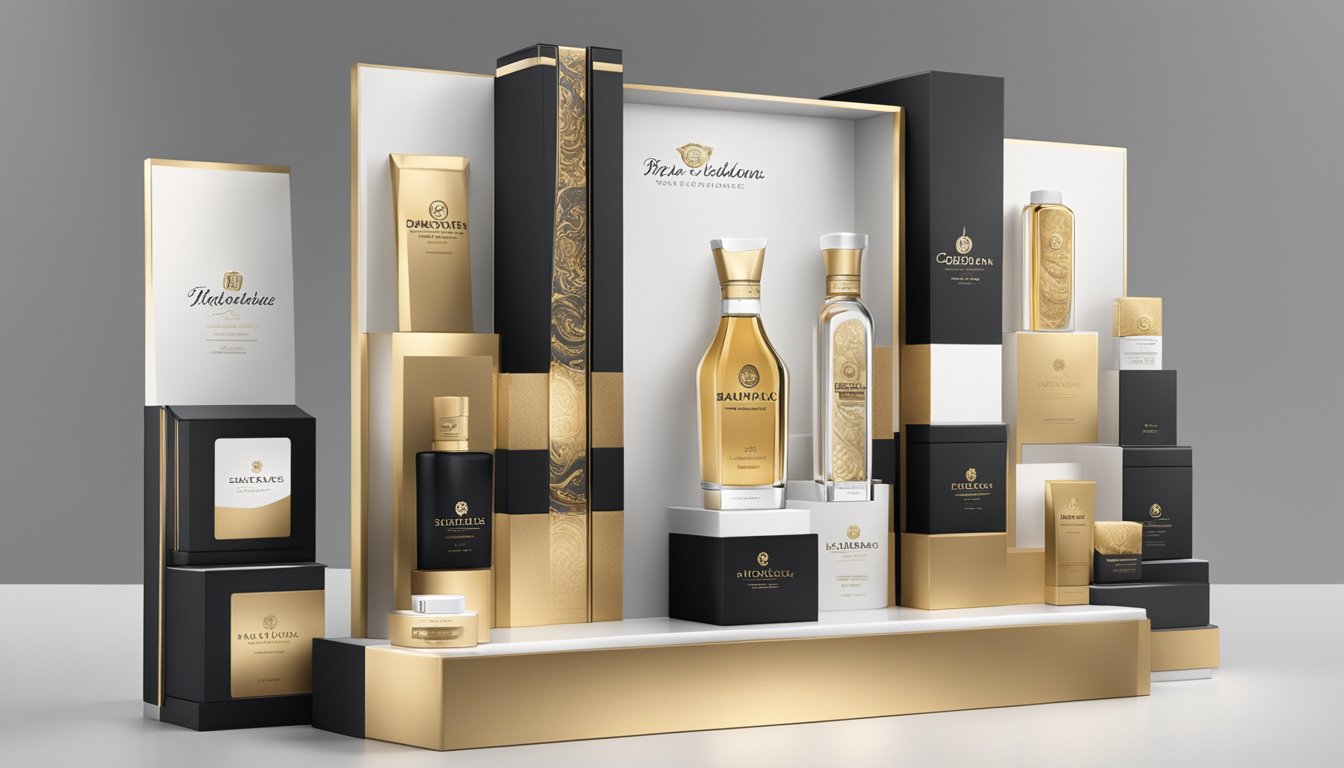
When it comes to luxury brand tiers, marketing and experience play a crucial role in creating and maintaining brand value. In this section, we’ll explore how luxury brands can build brand value and create personalised experiences that resonate with their target audience.
Building Brand Value
Luxury brands are known for their premium quality, exclusivity, and aspirational identities. To create brand value, luxury brands must develop a marketing strategy that speaks to their target audience. This strategy must be tailored to the luxury market and should focus on creating an emotional connection with customers.
Luxury brands must also invest in advertising that showcases their products and values. This advertising should be designed to appeal to the luxury market and should communicate the brand’s unique selling proposition.
Creating Personalised Experiences
Luxury brands must create personalised experiences that resonate with their target audience. This can include everything from personalised packaging to tailored customer service. By creating personalised experiences, luxury brands can build relationships with their customers and create brand loyalty.
To create personalised experiences, luxury brands must understand their target audience and their lifestyle constructs. This understanding should inform the brand’s marketing strategy and should be used to create experiences that resonate with customers on a personal level.
In conclusion, marketing and experience play a crucial role in creating and maintaining brand value for luxury brands. By developing a marketing strategy that speaks to their target audience and creating personalised experiences that resonate with customers, luxury brands can build relationships with their customers and create brand loyalty.
Emerging Trends in Luxury Branding
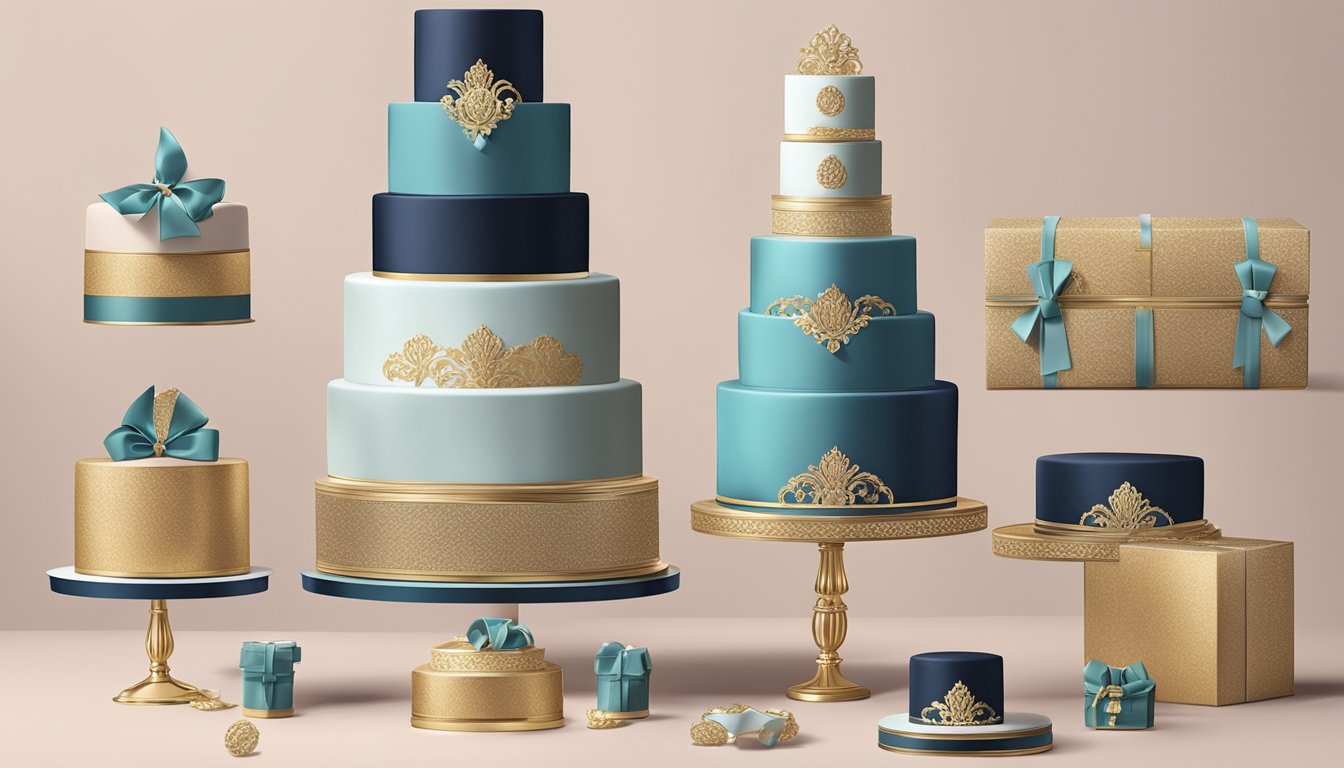
Luxury fashion brands are constantly adapting to the changing needs and preferences of their customers. Today’s luxury consumers are more environmentally conscious and socially responsible than ever before. As a result, sustainability and ethics have become increasingly important in the luxury industry.
Sustainability and Ethics
Many luxury brands are now incorporating environmentally friendly materials and production methods into their products. They are also taking steps to reduce waste and promote sustainability. For example, some luxury brands are using recycled materials to create their products, while others are implementing sustainable practices in their production processes.
In addition to sustainability, ethics are also becoming a key consideration for luxury consumers. They are looking for brands that are socially responsible and ethical in their practices. This includes using fair labour practices and ensuring that workers are paid fairly.
Technology and Innovation
Innovation and technology are also playing a key role in luxury branding. Luxury brands are using technology to enhance the customer experience and create unique products. For example, some brands are using 3D printing technology to create customised products for their customers.
Digital innovation is also becoming increasingly important in the luxury industry. Luxury brands are using social media and other digital platforms to reach their customers and promote their products. They are also using augmented reality and other technologies to create immersive experiences for their customers.
Overall, luxury branding is constantly evolving to meet the changing needs and preferences of consumers. By incorporating sustainability, ethics, technology, and innovation into their branding strategies, luxury brands can stay competitive in a crowded market.
Global Impact on Luxury Tiers

Luxury brands have been expanding their reach globally, and the COVID-19 pandemic has accelerated this trend. The pandemic has caused luxury brands to focus more on domestic demand and expand their presence in second- and third-tier cities across the world. This has led to an increase in sales and travel to these cities, as more people seek luxury goods and experiences.
Influence of Different Markets
Different markets have different values and preferences, and luxury brands need to adapt to these cultural differences to succeed. For example, in China, luxury brands need to establish a strong tier 1 presence with a flagship store before expanding to second- and third-tier cities. Chinese consumers value exclusivity and expect high-end flagship stores to be used for exclusive events and brand labs to develop new products.
In other markets, such as the Middle East, luxury brands need to adapt to local values and power structures. In these markets, wealth and power are highly valued, and luxury brands need to cater to the needs of millionaires and high-net-worth individuals.
Adapting to Cultural Values
Luxury brands need to adapt to cultural values and preferences to succeed in different markets. This requires a deep understanding of local cultures and values, as well as a willingness to adapt to local customs and traditions.
For example, luxury brands need to be aware of the different meanings of colours in different cultures. In China, red is associated with luck and prosperity, while in Western cultures it is associated with danger and warning. Luxury brands need to be aware of these cultural differences and adapt their marketing and branding accordingly.
In conclusion, luxury brands need to adapt to different markets and cultural values to succeed globally. By understanding local cultures and values, luxury brands can cater to the needs and preferences of different markets, and expand their reach to second- and third-tier cities across the world.
Frequently Asked Questions
What distinguishes high-end designer brands from each other?
High-end designer brands are distinguished by their unique designs, craftsmanship, and use of high-quality materials. Each brand has its own signature style, which sets it apart from others. For example, Chanel is known for its classic and timeless designs, while Gucci is known for its bold and daring styles.
Which American labels are considered the pinnacle of luxury?
In the United States, the pinnacle of luxury fashion is often associated with brands such as Ralph Lauren, Michael Kors, and Calvin Klein. These brands are known for their high-quality materials, exceptional craftsmanship, and timeless designs.
Could you list the most coveted luxury fashion brands?
The most coveted luxury fashion brands include Chanel, Louis Vuitton, Hermès, Gucci, and Prada. These brands are known for their exceptional quality, craftsmanship, and unique designs. They are often associated with exclusivity and prestige.
What is the hierarchy within luxury handbag brands?
The hierarchy within luxury handbag brands is often categorized into three tiers. The first tier includes brands such as Hermès, Chanel, and Louis Vuitton, which are considered to be the most exclusive and prestigious. The second tier includes brands such as Gucci, Prada, and Dior, which are still highly coveted but are more widely available. The third tier includes brands such as Michael Kors and Coach, which are considered to be more affordable luxury.
Which brands are considered the epitome of luxury fashion?
The epitome of luxury fashion is often associated with brands such as Chanel, Hermès, and Louis Vuitton. These brands are known for their exceptional quality, craftsmanship, and unique designs. They are often associated with exclusivity and prestige.
What are the hallmarks of a Tier 1 luxury brand?
The hallmarks of a Tier 1 luxury brand include exceptional quality, craftsmanship, and unique designs. These brands often use high-quality materials such as leather, silk, and precious metals. They are also known for their exclusivity and prestige, with limited availability and high price points.




